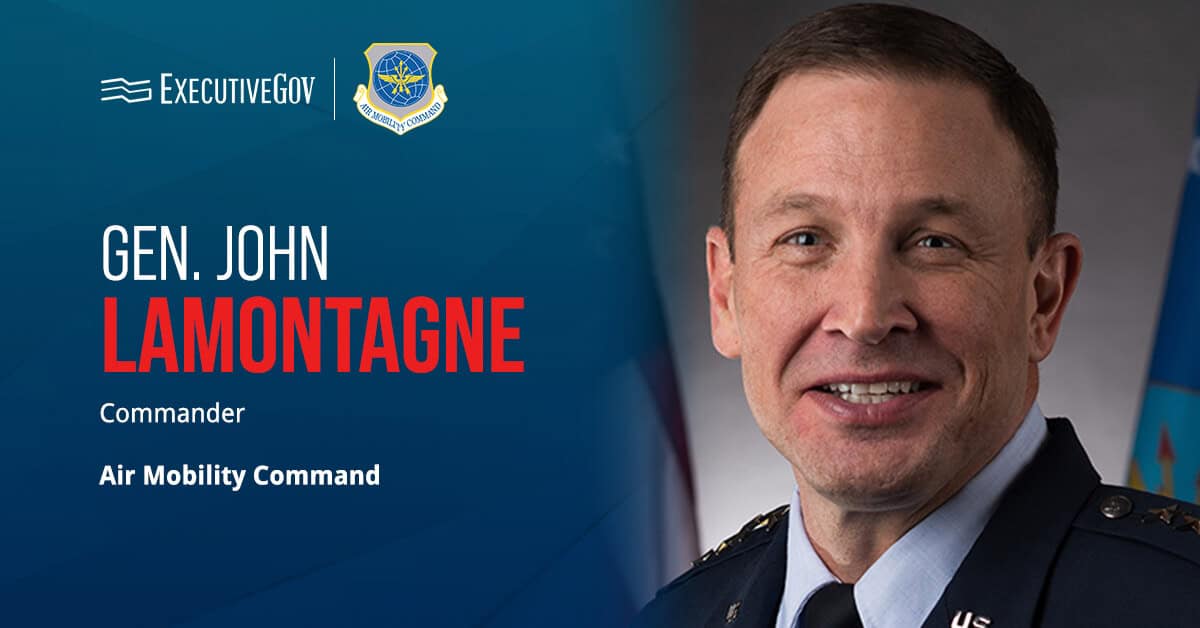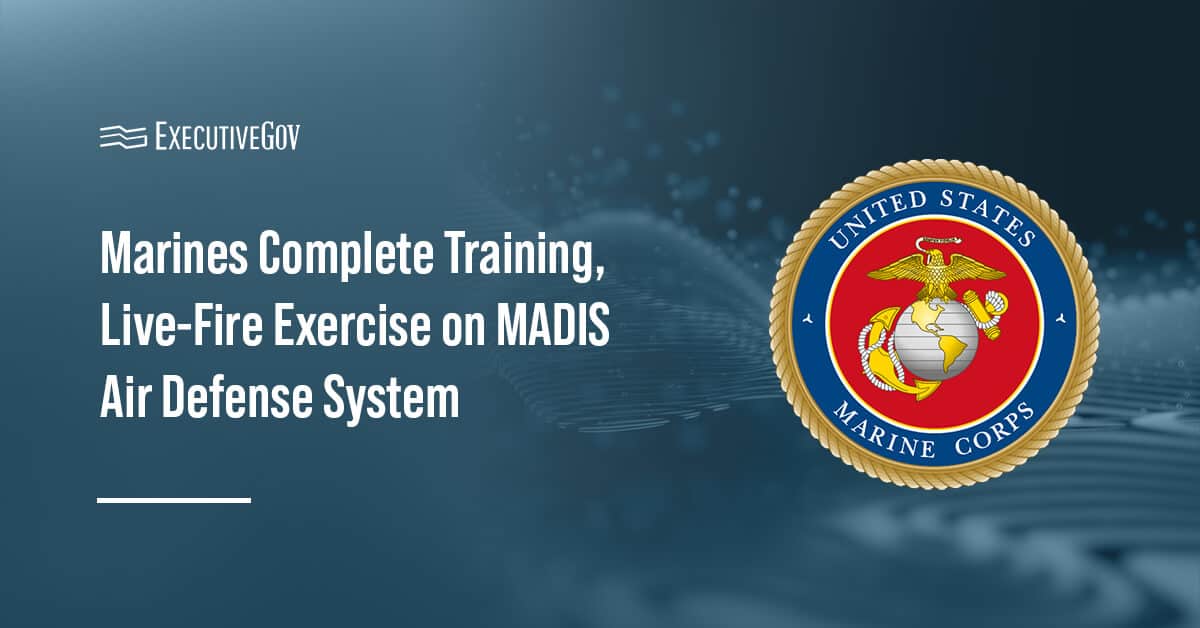 The U.S. Navy and the government of Queensland in Australia have signed an agreement to advance research and development work on biofuels.
The U.S. Navy and the government of Queensland in Australia have signed an agreement to advance research and development work on biofuels.Thomas Hicks, deputy undersecretary of the Navy for management, signed a statement of cooperation with Queensland Premier Annastacia Palaszczuk as part of the Great Green Fleet program, the Queensland government said Wednesday.
The service branch’s Great Green Fleet initiative seeks to generate 50 percent of fuel from renewable energy sources by 2020.
Palaszczuk said the partnership would help Queensland develop its biofuels sector and facilitate supply of renewable fuels to the Pacific fleet.
Queensland has introduced a 10-year roadmap and allocated approximately $15.4 million to four funds in support of the Australian state’s biotechnology and bioproducts industry.





